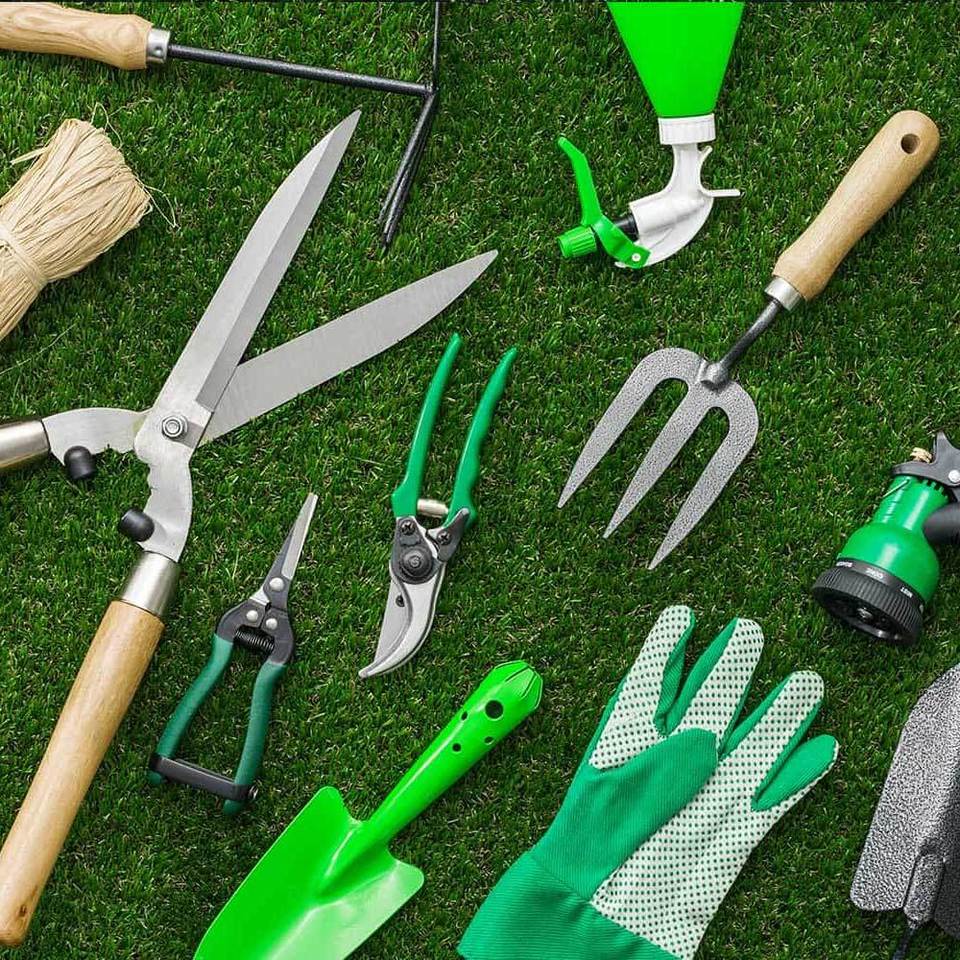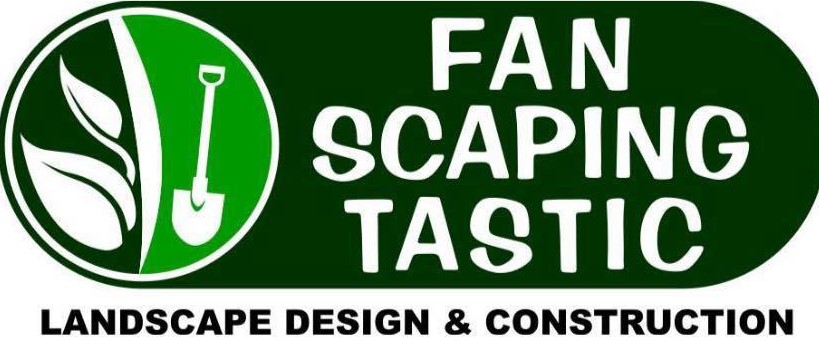
8 Gardening Tool Names to Know for Lawn Maintenance
Do the hundred or so gardening tool names and their many, many variants feel like math equations to you? It’s like you can almost figure it out but you don’t know for sure.
Especially when you’re new to lawn maintenance, these elusive names are what gets your head to scratch. And if you don’t know what you need, how can you figure out what to buy? Even experienced lawn keepers can benefit from rehashing these terms.
So, we bring you a comprehensive list including 8 gardening tools that every lawn owner should know about!
In this article, we will be looking at the following names:
- Lawnmower
- Leaf Blower
- Water Hose
- Sprinkler
- Aerator
- Mulcher
- Broadcast Spreader
- Bow Rakes
8 Gardening Tool Names For Lawns & Their Functions
Lawn Mower
Many of us are familiar with what a lawnmower does: cut unruly blades of grass to a height of choosing for a clean, level field. But do we know the types suitable or how it works?
Lawnmowers function through turning blades of metal using an engine. In most models, you’ll find that the height is configurable, which makes this the number one important aspect of lawn maintenance.
Let’s briefly skim over the available types of lawnmowers. Electrical, gasoline-run, and mechanical variations of this tool exist. Sizes range from portable mowers to ones that you can ride on.
Leaf Blower
When working with nature, keeping things neat and tidy under the whims of the weather is always a problem. That is the reason a tool for whizzing away fallen leaves or clippings is an asset in our garden shed.
By bursting powerful, pressurized air out of a nozzle, you can bid adieu to the leaves. They’re easy to direct and run on either gas or electricity.
Two types are commonly sold: a backpack model with a nozzle attached to a tube or a handheld one like an enlarged hairdryer. For heavy-duty use, with big Lawns, you would want to get the backpack version for comfort.
Professional grade leaf blowers, with wheel function or self-propelling motors, are also available for the larger than life backyards.
Soaker Hose
Water hoses are pretty self-explanatory and essential for transferring water. They connect to a water line coming out of your house in a long tube, often made of rubber and plastic, with some being more suitable for heavy use than others.
But you might find it surprising that another variation of this well-known tool comes with strategic holes, minuscule in size. These are called soaker hoses. And you’ll want them if you’re planning to run an irrigation system through your backyard, lawn, or garden. They are a cost-friendly way to set this up.
Like with any hose, you’ll want to consider the length, durability, and capacity to hold hot water per your needs.
Sprinkler
Sprinklers are an alternative to the water hose. And it’s preferable to many as it takes less work and backache from the user.
You don’t have to lug around a heavy water hose to keep your lawns looking lush and lively. They are automatic, and you can choose to turn them on by yourself or set them to sprinkle at a set time.
The most common variant we see is the oscillating sprinkler that rotates the water trajectory much like a mini-fountain. Often, you’ll buy multiple and spread them out through the yard. And, if you’re not a fan of them sticking out, underground installation types are also available.
Aerator
Everything is fine in the garden – but the grass just doesn’t grow. Most likely, you’ll find the problem lies in the roots. And, aerators come to the rescue here.
Bad weather like heavy rain can leave wet puddles in your lawns, which is horrible for soil drainage. Aerators improve this by digging holes in the soil, which allows for better root growth.
There are two types: spike and core. Spike aerators push spikes into the ground, which create a ‘hole’ but core ones dig up some soil. Another thing to consider is whether you want a manual aerator or an automatic one.
Mulcher
Mulch are dead leaves, twigs, or other such materials that we use as compost to make soils more fertile. Mulchers are tools to make mulch out of your garden.
These are powerful machines that suck up the twigs and leaves scattering your lawn. And they come with a bag to collect those, too. In a way, you can think of them like a vacuum cleaner. Only this vacuum cleaner is capable of recycling its waste to make compost. And, they are often large like tractors.
Broadcast Spreader
Broadcast spreaders are multi-machines. They do what they say and spread materials. For example, in a lawn, you might find yourself wanting to level fertilizers, plant seeds, ice melt, and spreaders are an efficient performer for these jobs.
“Walker” type versions are probably the smallest size of this tool. They’re called hand-held hoppers and you have to manually turn them on. Then, you have the hand-pushed one which vitalizes by itself once you push it along.
If you have crazy square spaces of lawn, you may look into tractor spreaders.
Bow Rakes
We’re familiar with rakes: the tool you see cartoon characters often accidentally stepping and banging their heads on. But don’t worry, these aren’t dangerous.
Normal leaf rakes are good for bunching up leaves and unwanted debris from the field. However, bow rakes are especially useful for landscaping and lawn care. You can move gravel and rock with its stronger and shorter spikes.
Conclusion
It can be pretty confusing as a new lawn owner, so, learning about the gardening tool names for maintenance is an important undertaking. It can help you decide what you want in your future toolkits and what kind of work you’ll be putting in.
We hope our list helped you learn a thing or two about lawn keeping. If you want a more general guide to gardening tool names, click here.


Recent Comments